The Mirror, Vol. 15, No. 700
At the occasion of the ASEAN Tourism Forum, which was held in Phnom Penh from 15 to 21 January 2011, an ASEAN Tourism Strategic Plan was adopted, covering the years 2011 to 2015. Thailand has been appointed to lead the working group for marketing and communication, and Vietnam will be deputy chairperson of this group.
One item that came up again in the media, and not for the first time, was criticism that the airport of Sihanoukville is still without regular connection by air, which means that it is not easy to bring foreign tourists to Angkor Wat and also to the beach. This time there was also criticism directed against the national airline Cambodia Angkor Air – operating since 28 July 2009, 49% owned by Vietnam Airlines, which provides at present the only connection by air between Phnom Penh and Siem Reap – and this at a price considered to be high:
“In July 2009, a one-way flight on Angkor Air cost $53… while the cheapest flight with Bangkok Airways cost $40. Now an Angkor Air flight between the two cities costs $73, according to the Vietnam Airlines website.” [Courtesy of The Cambodia Daily]
It is observed that the price started to go up since 2009, when the license for Bangkok Air to serve the section Phnom Penh-Siem Reap expired and was not renewed. Whether or not the steep price rise is related to the absence of alternatives could probably only be seen if there would be again competition; when Bangkok Air was not granted an extension of the license for the Phnom Penh-Siem Reap service, there was also the opinion reported that this service was no longer necessary, as Cambodia had now its own airline to serve the domestic market.
Actually, Cambodia has a colorful history of airlines in recent years. A search on the Internet brought quickly the following names (in alphabetical order): Angkor Airways, Cambodia Airlines, Cambodia Angkor Air (the only airline operating at present), First Cambodia Airlines, Kampuchea Airlines, Mekong Airlines, PMT Air, President Airlines, Royal Air Cambodge, Royal Khmer Airlines, and Siem Reap Air (blacklisted to fly in European air space because of insufficient records of safety maintenance).
Such blacklistings are based on safety and airworthiness records, and published in the Official Journal of the European Union. A blacklisted airline may not fly in the airspace under the control of the European Union, but such blacklistings are also published related to airlines far away from Europe, out of concern for the safety of people who consider such warning. Certain institutions and organizations do not allow their members to fly on blacklisted airlines.
Without trying to trace the history why only one of these many companies is operating, PMT Air was again in the media during the week. On 25 June 2007, a PMT Air flight from Siem Reap to Sihanoukville crashed into a mountain, with the loss of the lives of all 22 persons on board. Until now, the families of the victims have not received any compensation, including the wife of a Cambodian pilot, and 13 Korean tourists. As a result of court procedures in Korea, PMT Air was now ordered to pay about US$2.9 million to the families of the Korean victims. – There is a protracted struggle behind this: The president of PMT Air had rejected, in 2008, any responsibility, because the plane was on loan from a Russian company which he refused to identify; he added also that the flight was covered by insurance, but he stated not to know the name of the insurer.
In spite of this tragic and unresolved case, the Cambodian State Secretariat for Civil Aviation is said to consider licensing two new local airlines to boost domestic air travel, rather than to license also established airlines with years of operational experience and a good safety record. The following two airlines are mentioned:
- Tonlé Sap Airlines, with headquarters in Phnom Penh and another office in Taiwan, is scheduled to have its first flight on 21 January 2011 from Siem Reap to Luang Prabang in Laos.
- Skywings Asia Airlines – there is no information available on the Internet, accept an address and a phone number in Phnom Penh.
Cambodia Angkor Air is also criticized for occasional flight cancellations, sometimes announced only when the passengers are already at the airport.
Such criticism requires careful evaluation. As Cambodia Angkor Air is said to have regularly a fairly good passenger load factor, and cancellation of a flight results in an economic loss for the airline.
Why then, are flights canceled?
The most unpleasant flight cancellation I experienced, still working as a volunteer on the Internet address system, was when more than 200 passengers were about to board a plane, towards midnight, in Kuala Lumpur for a long distance flight to Argentina. All of a sudden we were told to wait, then after some time, to register to be transported by bus to different hotels, as the flight was canceled. We would be collected from the hotels in the morning – when, was not clear, and also, why the flight was canceled. There was much anger expressed, and noisy complaints made. After a much too short night we were picked up early in the morning, and without much explanation we took off.
Only during my return flight, transiting again in Kuala Lumpur, thanks to newspapers which had insisted to disclose why that flight had been canceled, I found out what had happened. The safety supervisor of the airport, checking technical maintenance records for the airplane, and checking the papers of the crew, found that our pilot had one hour less than the prescribed minimal rest period since his last landing before he was to take control of a new flight. So he was declared unfit to fly, according to safety rules.
There are strict, written safety rules for the personnel and for the machinery – and there are independent safety monitors who make sure that these rules are observed.
Fortunately our flight out of Kuala Lumpur was stopped half an hour before take-off, because safety regulators had a higher authority than business concerns of the airline.
If that PMT Air flight would have been under strict safety supervision, the crash would have been avoided, comments at that time said, as the bad weather conditions would not have allowed to operate the flight, given the Instrument Flight Control facilities available at Sihanoukville airport for flights not under Visual Flight Rule conditions.
Recently, on 12 January 2011, the analysis of an air crash of a Polish plane in Russia was published, which had killed the President of Poland and all other persons on board, including many high ranking military and government officials. The conclusion: the authorities had put pressure on the pilot, so that he disregarded technical advice from the air traffic control system. He had been warned not to fly to the airport where the high ranking persons wanted to go, for bad weather conditions, but to chose a different airport to land.
“The presence of the Polish air force commander on the flight deck up to the aircraft’s impact with the ground put psychological pressure on the crew captain to decide on continuing descent in a situation of unjustified risk, dominated by the goal of making a landing at any cost.
The pilot and co-pilot had feared a ‘negative reaction’ from President Kaczynski if they switched to the other airfield, according to the Russian investigator.
The jet’s flight recorder caught one of the crew saying ‘He’ll get mad,’ in an apparent reference to the Polish president’s determination not to alter his schedule.” Source: BBC
The crossroads between political and technical decisions are difficult to navigate, if these – related – fields are not respected to be independent. And then the difficult art of mutual open dialogue is called for, to determine what is appropriate, step by step, and anew, time and again.
Norbert KLEIN
Have a look at the last editorial – you can access it directly from the main page of the Mirror.
And please recommend The Mirror also to your colleagues and friends.
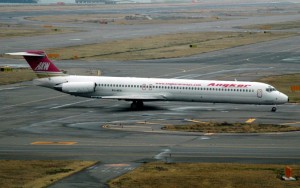
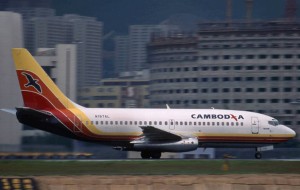
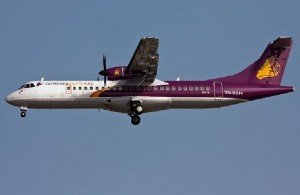
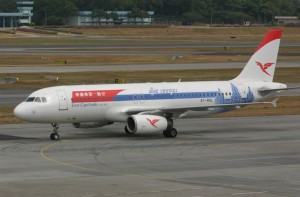
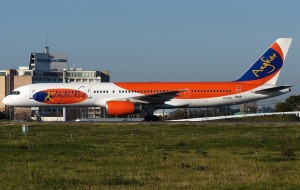
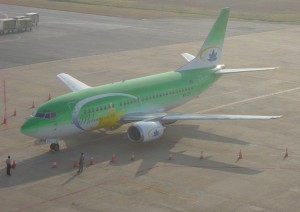
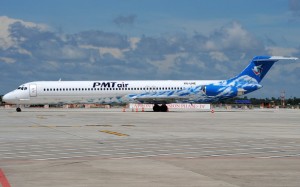
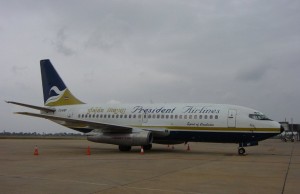
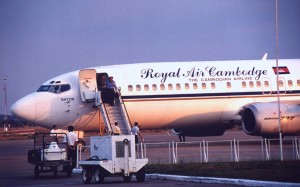
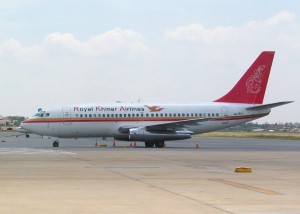
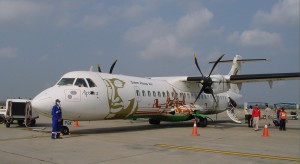

Recent Comments